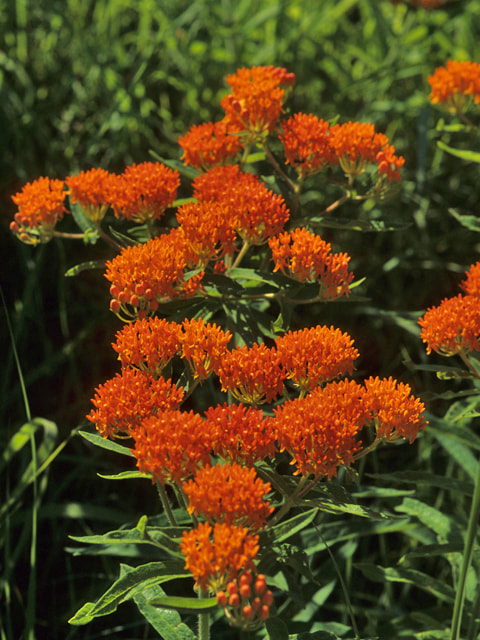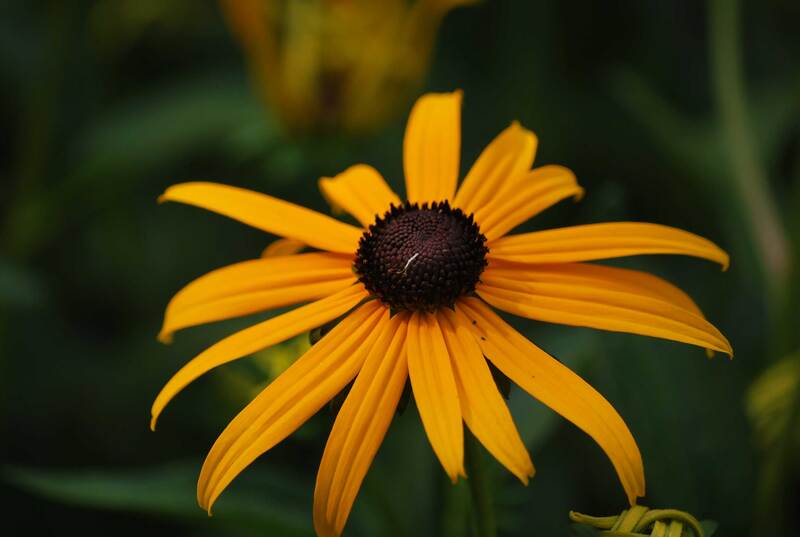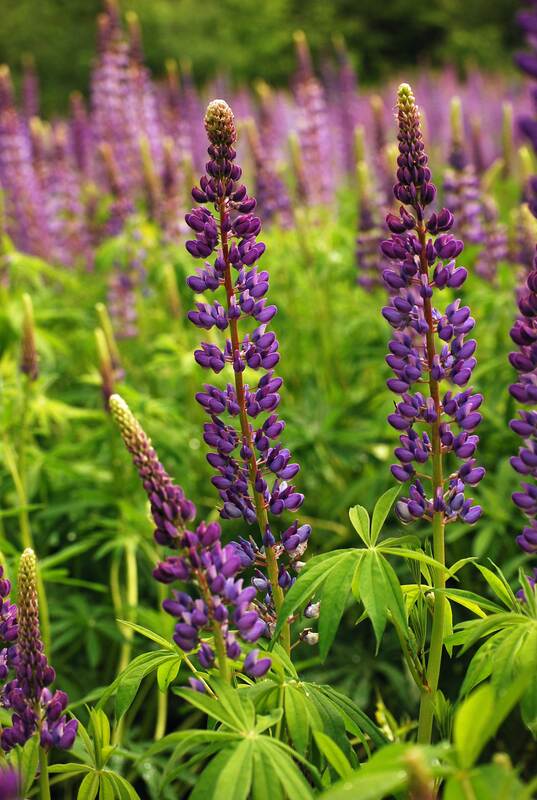|
Asclepias tuberosa —Butterfly Weed, Rudbeckia hirta—Black-eyed Susan, Lupinus perennis —Wild Lupin, If having a pollinator garden is something you’ve often thought about, maybe this is the year to give it a try! Not only do these gardens attract pollinators, such as butterflies and bees, they include flowers that provide nectar throughout the seasons. And, as the season ends, the reward is your own “living birdseed” feeders. So, how do you get started?
Although a pollinator garden can be any size – even as small as a balcony or a tiny yard, key to success is reviewing the preferences of pollinators. As a general rule, pollinators prefer gardens that:
When designing the garden, analyze the property for things such as water drainage, soil types, sun light exposure and wind patterns. Pollinator gardens can create their own microclimate—areas with good southeastern exposure and spaces that are protected from prevailing winds. If your garden is going to be a border or up against a structure, arrange the tallest plants in the back, mid-size in the middle and short plants in the front of the bed. If you are planting an island style, set your taller plants in the middle, medium heights around the center and shorter plants at the edges. If not planting an informal, open field garden, consider plant placement. It is often best to use groupings of at least three of the same plant together. Odd numbers (1, 3, 5, etc.) tend to look better than even numbers. In addition, bee pollinators prefer to collect nectar/pollen from a single species of flower during each outing, so planting in masses ensures pollinators can practice “flower constancy.” Consider designing and planting your garden so that over time it will consist of a grouping of 3 to 7 plants of the same species. Now that the garden space has been designed, loosen the soil and amend with organic matter. Do not let your plants dry out! Water regularly until your bed becomes established. Other considerations for your Pollinator Garden include enhancing nesting opportunities for the pollinators and their families: preserve areas of bare or sparsely vegetated, well-drained soil; preserve dead or dying trees and shrubs; minimize mulch; consider nesting boxes; and maintain a nearby water source, such as a water garden or birdbath. Curious about which plants have proven to be a good fit in northwest Wisconsin? Download this fact sheet for more information about Lupinus perennis—Wild Lupin, Asclepias tuberosa —Butterfly Weed, Asclepias incarnata —Swamp Milkweed, Liatris spicata—Blazing Star Liatris, Rudbeckia hirta—Black-eyed Susan and Aster novae-angliae —New England Asters and more! Author: Kimberly Kayler
1 Comment
Roseann Meixelsperger
3/17/2022 06:55:59 am
Great pollinator garden "how to and why" article. Also great promotion for our plant sale Pollinator 6 pack.
Reply
Leave a Reply. |
|
| North Country MGV | gARDEN bLOGS |
Location |
|



 RSS Feed
RSS Feed